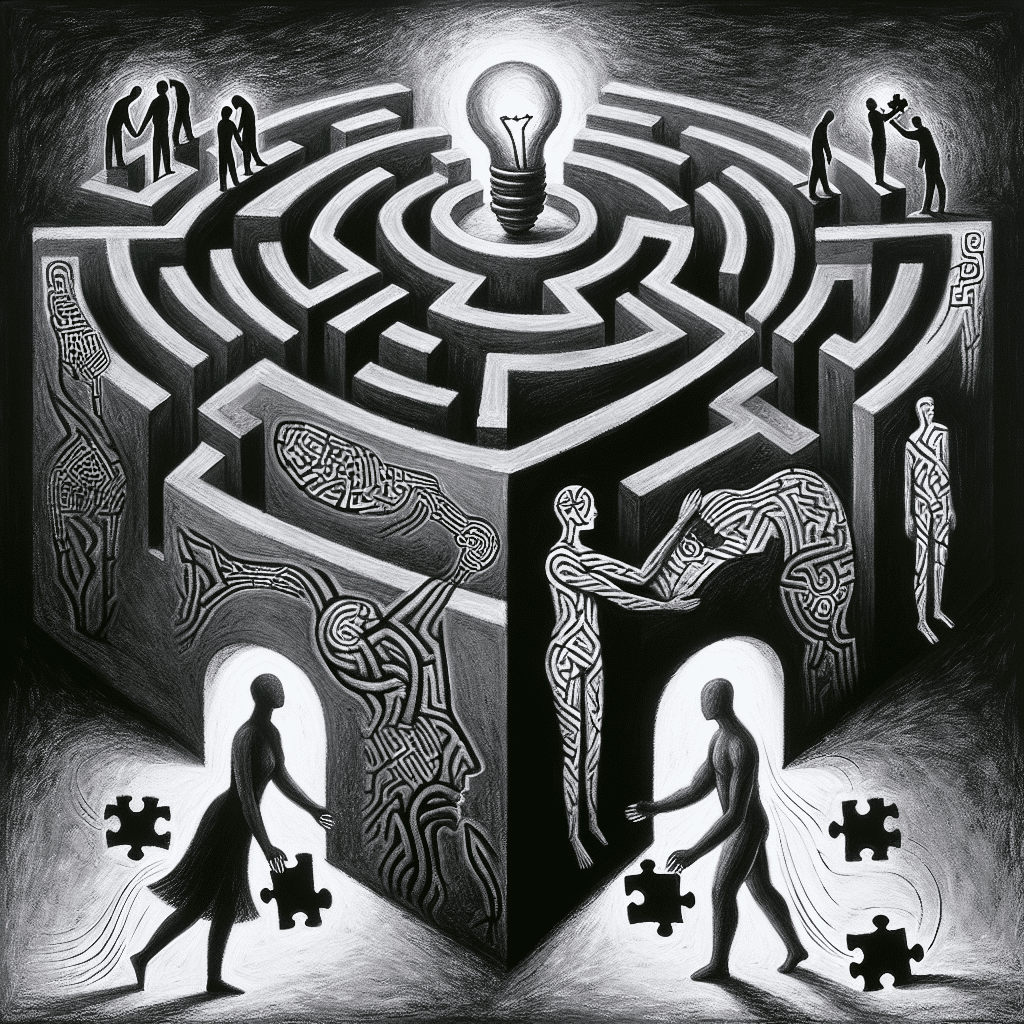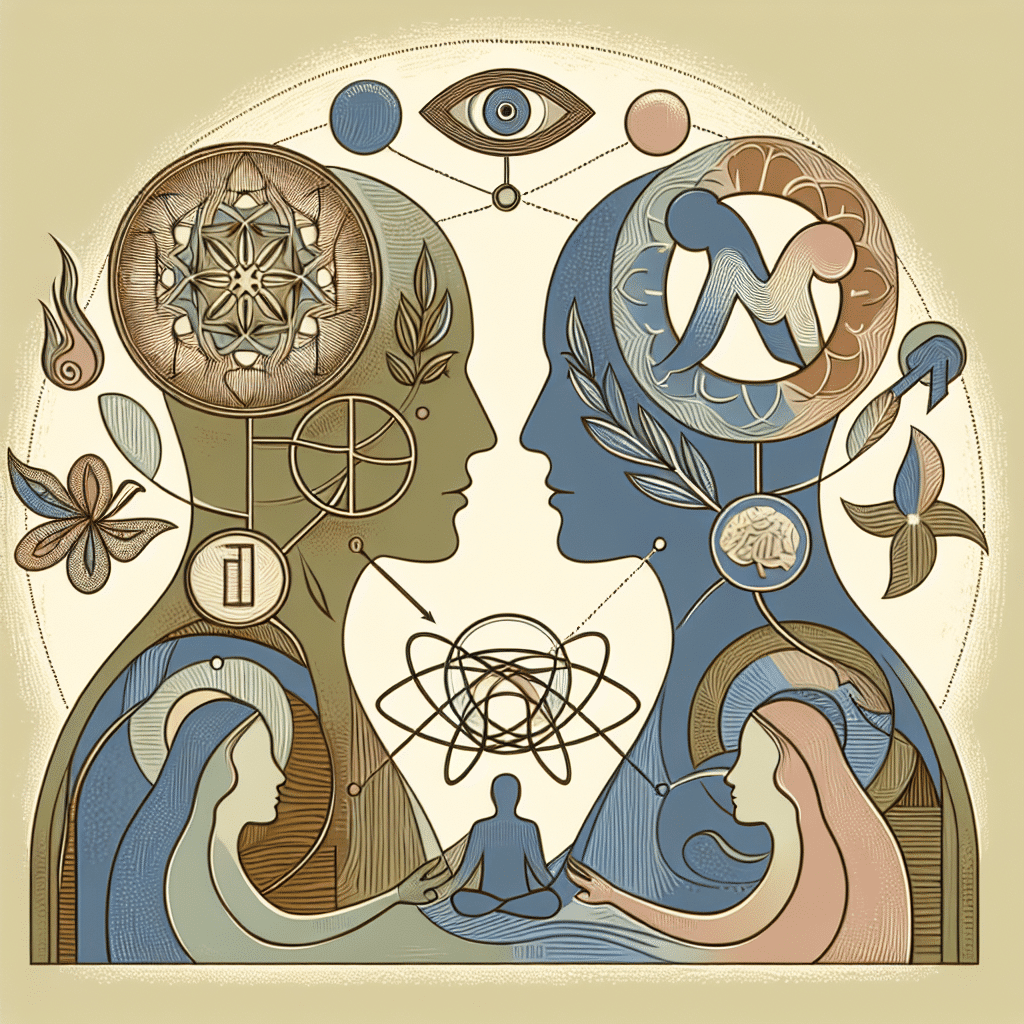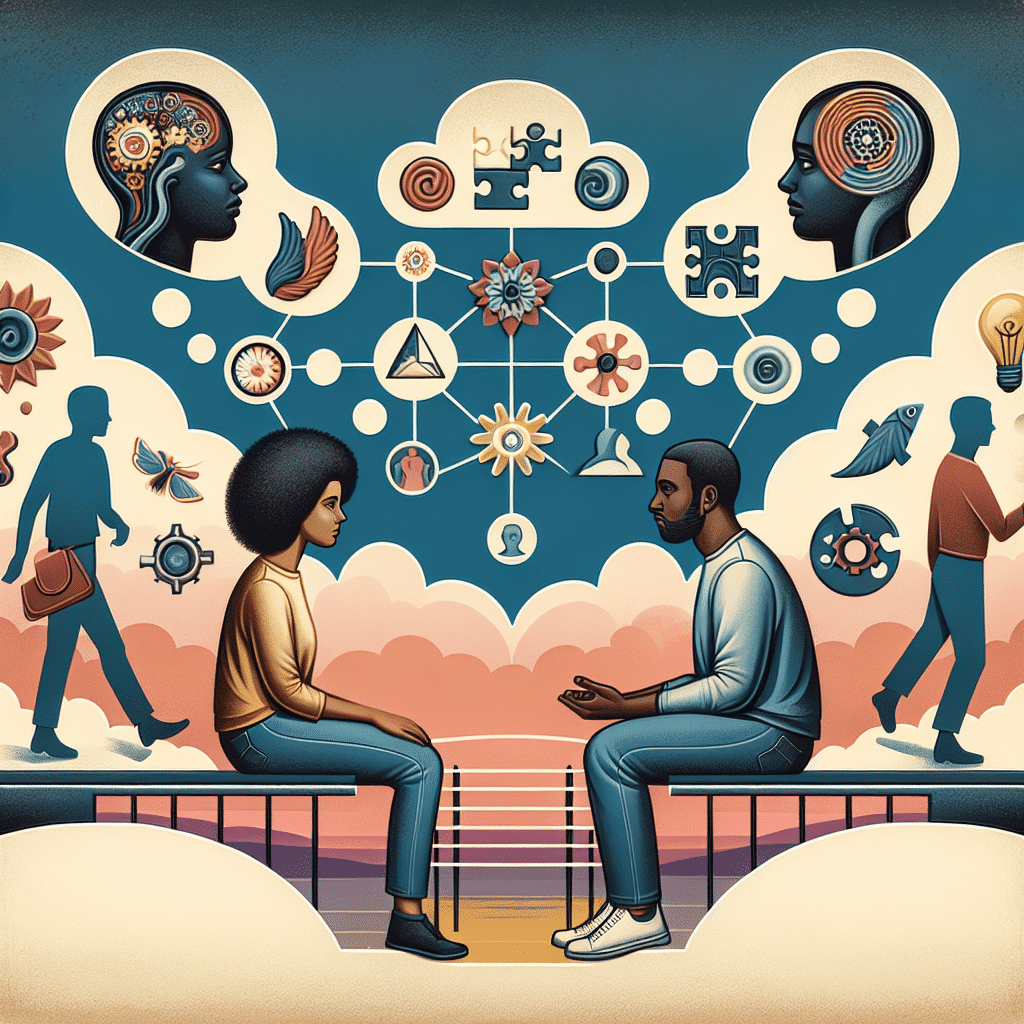
When it comes to understanding the complexities of relationship building, the psychodynamic approach offers valuable insights into the unconscious influences that shape our interactions with others. By delving into the depths of our psyche, we can gain a deeper understanding of our behaviors, thoughts, and emotions within relationships. This article will explore the key concepts of the psychodynamic approach and how they can help in fostering healthy and fulfilling relationships.
Exploring Unconscious Influences in Relationships
Psychodynamic theory suggests that unconscious thoughts, feelings, and desires play a significant role in shaping our relationships. These unconscious influences can stem from past experiences, unresolved conflicts, and even childhood traumas. By exploring these hidden aspects of our psyche, we can gain a deeper understanding of our behaviors and interactions with others.
One key concept in psychodynamic theory is the idea of defense mechanisms, which are unconscious strategies we use to protect ourselves from painful emotions or thoughts. For example, someone who experienced rejection in the past may develop a defense mechanism such as avoidance to protect themselves from being hurt again in future relationships. By becoming aware of these defense mechanisms, individuals can work towards overcoming them and building healthier relationships.
Another important aspect of psychodynamic theory in relationship building is the role of projections. Projections occur when we unconsciously attribute our own thoughts, feelings, or characteristics to others. This can create miscommunication and misunderstandings in relationships if we project our own insecurities onto our partners. By recognizing and addressing these projections, individuals can improve their communication and interpersonal dynamics.
Through therapy or self-reflection, individuals can delve into their unconscious influences and gain insight into how these factors impact their relationships. By bringing these hidden aspects to light, individuals can work towards healing past wounds, resolving conflicts, and fostering deeper connections with others. Exploring unconscious influences in relationships is a key aspect of the psychodynamic approach and can lead to more fulfilling and meaningful connections with others.
Importance of Childhood Experiences
One of the key aspects of psychodynamic approach to relationship building is the recognition of the influence of childhood experiences on adult relationships. Psychodynamic theory posits that early experiences, particularly those with primary caregivers, shape our patterns of thinking, feeling, and relating to others throughout our lives.
For example, if someone grew up feeling rejected or neglected by their parents, they may unconsciously seek out relationships that replicate these dynamics, even though consciously they may desire love and acceptance. By gaining insight into these early experiences and the impact they have on current relationships, individuals can begin to break free from negative patterns and form healthier connections.
Therapists practicing psychodynamic therapy often work with clients to uncover these unconscious influences, helping them understand how past experiences are playing out in present relationships. By exploring the emotions, beliefs, and behaviors that stem from childhood, individuals can gain a deeper understanding of themselves and their relational patterns.
Through this process of exploration and insight, individuals can begin to make conscious choices in their relationships, breaking free from destructive patterns and creating healthier connections based on mutual understanding and respect. By understanding and addressing the impact of childhood experiences on relationships, individuals can lay the foundation for building more fulfilling and satisfying connections with others.

Transference and Countertransference in Relationship Building
Transference and countertransference are important concepts in psychodynamic theory that play a significant role in relationship building. Transference occurs when an individual unconsciously transfers feelings, desires, and expectations from past relationships onto their current relationships. This can lead to distorted perceptions and emotional reactions that may not be based on the present reality.
On the other hand, countertransference refers to the therapist or individual’s unconscious emotional reactions and responses to the client or partner. These reactions can impact the dynamics of the relationship and influence the way the relationship unfolds.
Managing Transference and Countertransference
It is essential to be aware of transference and countertransference in relationship building to ensure that interactions are based on reality rather than past experiences. Therapists and individuals can work on identifying and managing these dynamics through reflection, supervision, and communication.
Therapists can explore transference with clients by discussing how past experiences may be influencing their current perceptions and emotions. By shedding light on these patterns, clients can gain insight into their behaviors and feelings, leading to healthier relationship dynamics.
Using Transference and Countertransference as Tools
While transference and countertransference can be challenging to navigate, they can also be used as tools for personal growth and understanding. By examining these dynamics, individuals can gain insight into their unconscious thoughts and emotions, leading to deeper self-awareness and more meaningful relationships.
Therapists can use transference and countertransference as opportunities to explore unresolved issues and work through past traumas. By addressing these underlying issues, individuals can build healthier and more fulfilling relationships based on authenticity and mutual understanding.
In conclusion, understanding and managing transference and countertransference are crucial aspects of relationship building. By exploring these dynamics, individuals can gain insight into their unconscious thoughts and emotions, leading to more authentic and meaningful connections.
Techniques for Building Healthy Relationships
Building healthy relationships entails understanding and applying psychodynamic principles to create strong, meaningful connections. Here are some techniques to help you build healthier relationships:
1. Self-awareness and Reflection:
Before you can build healthy relationships with others, it’s essential to understand yourself. Reflect on your own emotions, reactions, and behaviors to gain insight into how you interact with others. Self-awareness enables you to recognize patterns in your relationships and make conscious choices to improve them.
2. Effective Communication:
Communication is key to building successful relationships. Practice active listening, convey your thoughts and feelings clearly, and be open to feedback from others. Effective communication fosters understanding, trust, and mutual respect in relationships.
3. Setting Boundaries:
Establishing boundaries is crucial for maintaining healthy relationships. Clearly define your personal limits, communicate them to others, and respect the boundaries set by others. By setting boundaries, you create a safe and respectful environment for yourself and your relationships.
4. Managing Conflict:
Conflict is a natural part of any relationship, but how you manage it can impact the quality of the relationship. Approach conflicts with empathy, understanding, and a willingness to compromise. Address issues openly and constructively to resolve conflicts and strengthen the relationship.
5. Recognizing Transference and Countertransference:
Be mindful of transference and countertransference dynamics in relationships. Transference occurs when past experiences influence your perceptions and reactions to others, while countertransference involves projecting your feelings onto others. By recognizing these dynamics, you can navigate them effectively and build healthier relationships.
By incorporating these techniques into your relationship-building efforts, you can cultivate strong, fulfilling connections with others based on mutual respect, understanding, and trust.

Summary
The psychodynamic approach to relationship building emphasizes the role of unconscious processes, childhood experiences, and transference in shaping relationships. Understanding and addressing these aspects can help individuals navigate their interactions more effectively.
By exploring unconscious influences and being aware of transference and countertransference dynamics, individuals can gain insights into their relational patterns and work towards healthier connections with others.
Utilizing techniques such as reflective listening, open communication, and self-awareness can further support the development of strong and fulfilling relationships based on mutual understanding and respect.






